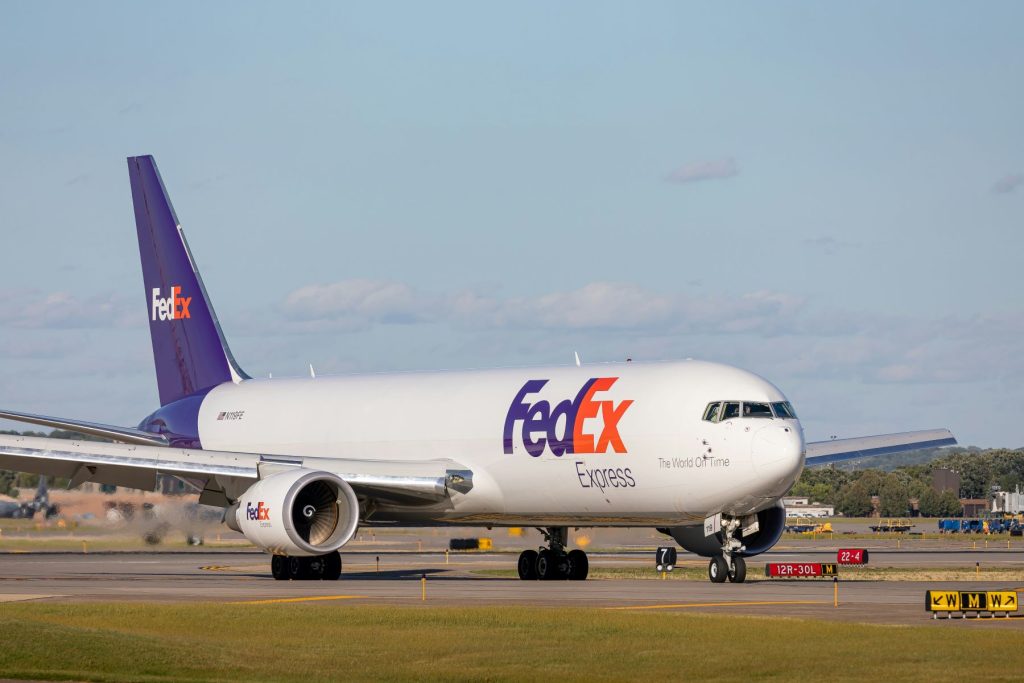As the U.S. tightens regulations on e-commerce imports from China, air cargo volumes see a significant rise, with the industry bracing for potential shifts in the market landscape.
E-Commerce Fuels Air Cargo Surge
The robust demand for e-commerce goods from China to North America has propelled a 12% year-over-year increase in global air cargo volumes for May. This data, sourced from a Xeneta report dated June 5, underscores the sustained growth despite looming market changes due to U.S. policy adjustments.
Anticipating Market Adjustments
Shippers are on edge as the U.S. prepares to intensify scrutiny on Chinese e-commerce shipments. Xeneta’s insights suggest that heightened costs and extended delivery times might dampen consumer enthusiasm. Xeneta’s Chief Airfreight Officer, Niall van de Wouw, highlights the potential market repercussions, noting that a reduction in e-commerce freighters could lead to a surplus in general air freight capacity, potentially driving down rates.
Market Dynamics and Rate Fluctuations
Despite conservative growth projections and possible shifts in consumer behavior, the air freight sector remains optimistic. This optimism is buoyed by the sustained influx of e-commerce from China, which has significantly influenced air cargo dynamics since 2023. Van de Wouw entertains the prospect of double-digit growth for the current year based on recent trends.
Contributing to the air cargo volume support are factors like port congestion and geopolitical tensions in the Red Sea region. These have escalated spot rates for ocean container shipping from the Far East to the U.S. West Coast and North Europe, as reported by Xeneta.
In May, the global air cargo spot rate was $2.58 per kilogram, marking a 9% increase year-over-year and a 5% rise month-over-month. Notably, Southeast Asia and China to North America routes saw substantial rate hikes of 65% and 43% year-over-year, reaching $4.64 and $4.88 per kilogram, respectively. Conversely, Europe to North America rates experienced a 21% decline year-over-year, settling at $1.77 per kilogram.
The Numbers at a Glance:
- Global air cargo demand rose by 12% year-over-year.
- The average spot rate per kilogram stood at $2.58.
- The global dynamic load factor, a metric for cargo volume and capacity, was at 58%.
While the current global challenges have narrowed the cost differential between ocean and air shipping, prompting shippers to weigh their options, a significant modal shift remains unlikely. Xeneta suggests that the current cost increases are likely a result of shippers pre-emptively moving goods ahead of the ocean peak season to mitigate the effects of escalating supply chain disruptions.







